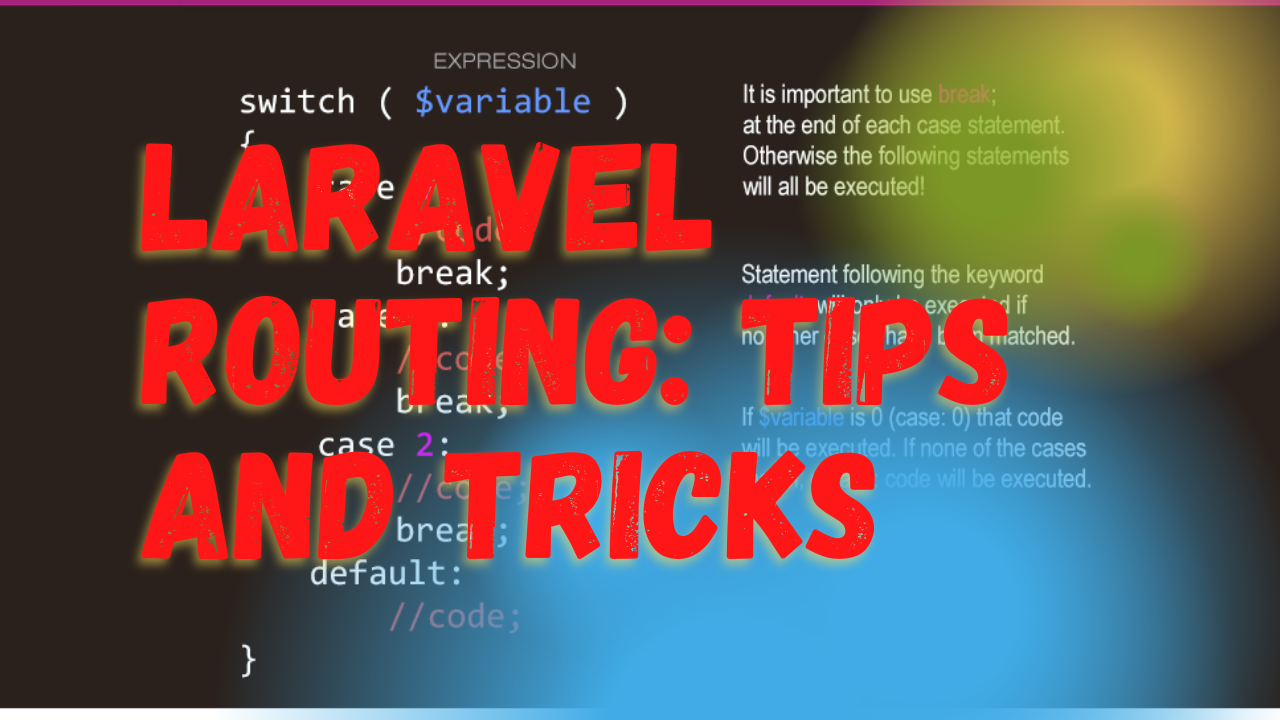Laravel Mix provides a clean, fluent API for defining basic webpack build steps for your Laravel application. It helps you manage and compile your CSS and JavaScript assets, making the process straightforward and developer-friendly. This article dives into how to use Laravel Mix for effective asset management, enhancing your application's performance and maintainability.
What is Laravel Mix?
Laravel Mix is an elegant wrapper around Webpack for the 80% use case. It allows you to compile and minify your JavaScript, CSS, and even images, reducing the number of requests needed to load your web pages and improving load times. Laravel Mix supports several common CSS and JavaScript pre-processors.
Step 1: Installing Laravel Mix
Laravel Mix comes pre-installed in Laravel projects. If you need to set it up manually or ensure it's installed, you can follow these steps:
-
First, ensure you have Node.js installed. Then, navigate to your Laravel project directory and run:
npm install -
You'll find a file named
webpack.mix.jsin your project root. This is where you will define your Mix tasks.
Step 2: Configuring Mix
Laravel Mix allows you to configure your compilation tasks with minimal fuss. Here’s a simple example of compiling Sass and JavaScript:
// webpack.mix.js
const mix = require('laravel-mix');
mix.js('resources/js/app.js', 'public/js')
.sass('resources/sass/app.scss', 'public/css');
Step 3: Running Mix
To compile your assets using the configuration defined, you can use the following npm scripts that are defined in your package.json file:
- Compile for development:
npm run dev - Watch assets for changes and recompile automatically:
npm run watch - Compile for production (minified):
npm run prod
These commands help you automate the build process, ensuring your assets are always up to date without manual intervention.
Step 4: Advanced Mix Features
Laravel Mix provides several advanced features to optimize your asset management:
-
Versioning / Cache Busting: Mix can automatically version your files by appending a unique hash to their filenames. Enable this by adding
.version()to your mix calls:mix.js('resources/js/app.js', 'public/js') .sass('resources/sass/app.scss', 'public/css') .version(); -
Source Maps: To aid in debugging, Mix can generate source maps:
mix.js('resources/js/app.js', 'public/js') .sourceMaps(); -
Custom Webpack Configuration: If you need to extend the underlying webpack configuration:
mix.webpackConfig({ resolve: { extensions: ['.js', '.json', '.vue'], alias: { '@': __dirname + '/resources' } } });
Conclusion
Using Laravel Mix for asset management allows you to efficiently handle your CSS, JavaScript, and other assets with ease. By leveraging the power of webpack without the complexity, Laravel Mix ensures your assets are compiled, optimized, and ready to go with just a few lines of configuration.
Embrace Laravel Mix to simplify your development workflow, enhance performance, and maintain a cleaner codebase in your Laravel projects.
This blog post provides a comprehensive guide to using Laravel Mix for asset management in Laravel projects, helping developers streamline their asset compilation and optimization processes.




